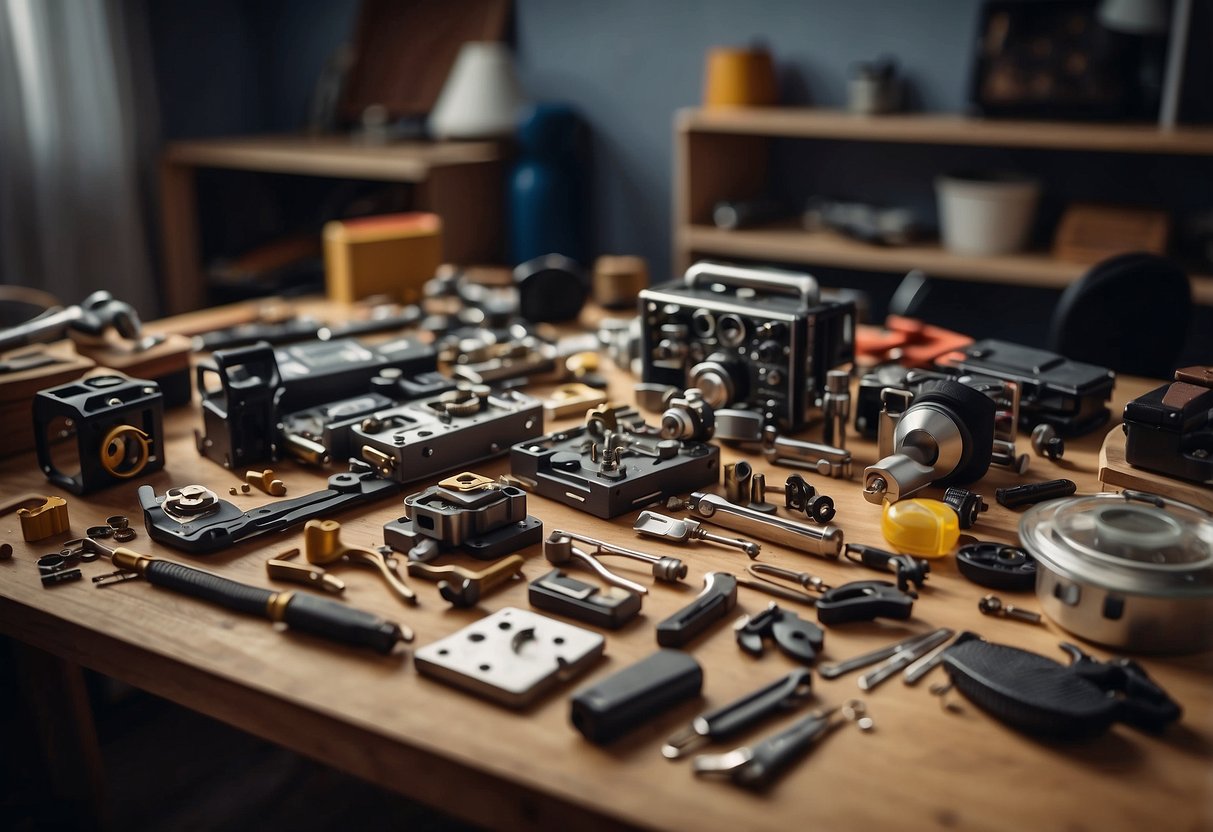The Best DIY Furniture Assembly Kits: Expert Reviews and Success Tips
Must-Have Tools for Assembly
For a successful assembly, specific tools are essential. A screwdriver set is a must, encompassing both flathead and Phillips head variations. These come in handy for tightening screws of various sizes and designs. A hammer is also necessary, aiding in securing nails or pieces that might need a bit of force to fit together.
A drill can be highly beneficial, especially for pre-drilling holes or driving screws quickly and efficiently. This tool can save both time and energy. Measuring tape ensures that all parts are correctly aligned and placed within the specified dimensions. Lastly, an Allen wrench set is often included in kits and is essential for tightening the unique bolts frequently found in furniture assembly tasks.
Creating an Efficient Workspace
Setting up an efficient workspace is as important as having the right tools. The workspace should be spacious enough to accommodate all the parts and tools without clutter. A flat, stable surface is essential to ensure pieces are aligned correctly during assembly.
Good lighting is crucial for seeing small parts and reading instructions accurately. Natural light is ideal, but bright artificial lighting works too. Organizing tools and parts methodically can save time and prevent frustration.
Using containers to separate screws, bolts, and other small items can help keep everything in order. Keeping the workspace clean and free of unnecessary items helps maintain focus on the task at hand. Ensuring a comfortable and accessible workspace enhances both efficiency and the overall experience.
Step-by-Step Assembly Process
Assembling DIY furniture requires careful attention to instructions and a systematic approach to ensure success. Here’s a detailed guide to help streamline the process and avoid common pitfalls.
Reading and Following Instructions
Begin by thoroughly reading the manual that comes with the kit. Identify all the pieces and hardware included, ensuring nothing is missing. Skim through the entire set of instructions to get a comprehensive understanding of the steps involved.
Take note of any warnings or tips provided in the manual. These often highlight crucial steps or common mistakes to avoid. Keep the instructions nearby throughout the assembly so you can refer to them as needed, ensuring each step is completed accurately.
Systematic Approach to Assembling
Start by organizing all the parts and hardware neatly in your workspace. Group similar items together to make them easier to find during the assembly.
Follow the manual step-by-step, ensuring you complete each task before moving to the next. Take your time to align the pieces accurately, as misalignments can cause issues later. Using the right tools, as recommended in the manual, will also facilitate a smoother assembly process. If possible, enlist a helper for tasks that require more than two hands or involve heavy lifting.
Design and Aesthetics

When choosing a DIY furniture assembly kit, the design and aesthetics play a crucial role. These kits need to align with personal style and fit seamlessly into existing home decor. Achieving a polished, professional look can elevate any space, making it both functional and visually appealing.
Personalizing Your Furniture
Personalizing furniture allows individuals to infuse their personal style into their living spaces. DIY kits often come with options for stains, paint, and finishes, enabling customization. Opting for different hardware like knobs and pulls can also change the entire appearance of the furniture.
Incorporating unique elements can make a piece stand out and reflect the owner’s taste. Custom-made cushions, upholstery, or decorative trims can further enhance the piece.
Selecting colors and patterns that complement existing decor can tie the room together and create a cohesive look. This makes the assembled furniture not just a functional object but also an expression of individual style.



